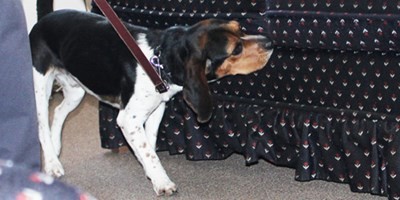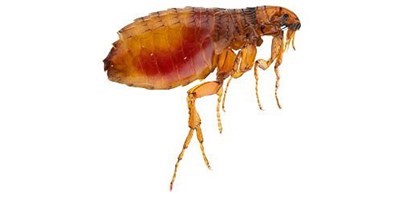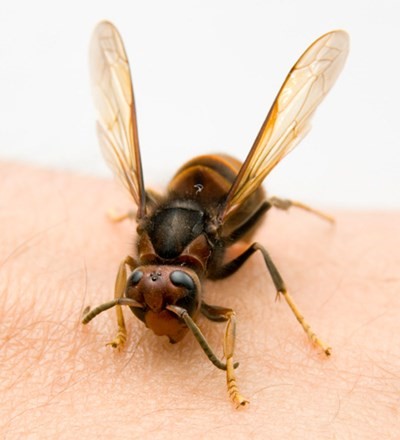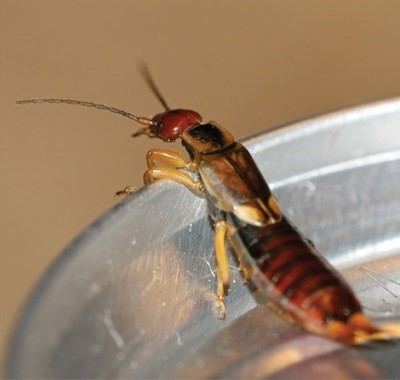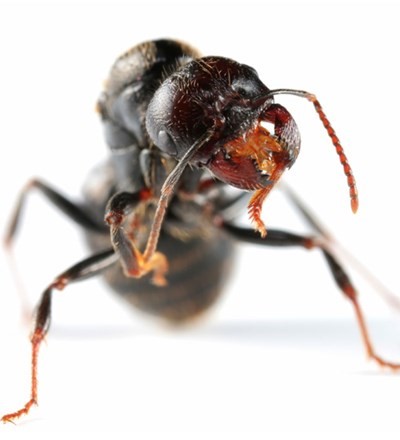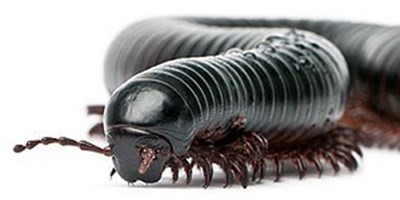Summer are some of the busiest days for our bed bug scent detection canines. As the weather heats up, the summer travel season starts to pick up, inevitably leading to an increase in the spread of bed bugs. Since bed bugs are hitchhiking pests, they’re bound to spread the more people are on the move. The small nuisance critters will clasp on to clothes, luggage and other personal belongings, allowing them to go wherever their human taxis are headed. Once someone brings these pests home, it’s time for the Batzner bed bug scent detection dogs and their canine handlers to confirm suspected bed bug infestations. Our dogs are trained to only alert to live bed bugs and viable eggs.
Why You Need a Bed Bug Dog Inspection
Using canines to perform a search for bed bugs is efficient when several areas or rooms require inspection because it is less time consuming than humans searching. Using their incredible sense of smell, canines are able to detect and find live bed bugs within minutes of searching. Despite their name, bed bugs don’t limit themselves to bedding. These pests conceal themselves in the depths of furniture, in upholstery, behind wallpaper and baseboards, inside walls, and behind outlets, light switches, and cable and phone jacks. Their ability to hide makes detecting them quite a challenge. In fact, humans can uncover a low-level infestation just 30 percent of the time. That’s why so many people are turning to dogs for help.
Benefits of Bed Bug Sniffing Canines
- The keen sense of smell in dogs makes them experts on bed bug detection with a very high percentage of accuracy. They can detect live bed bug scents through mattresses, inside walls and furniture. While bed bugs may lurk in nooks and crannies that are out of sight of humans, they cannot hide from a dog’s sensitive nose. Thanks to their keen affinity for scent, dogs can literally sniff out the presence of both bed bugs and their eggs.
- In addition to accuracy, bed bug canines are extremely fast and efficient. Bed bug canines can easily find the areas where bed bugs reside, and detect them quicker than their human counterparts. Faster detection can speed up the treatment process and allow you to get back to business as usual. Large hotels can be covered in a fraction of the time it takes to complete a visual inspection, giving owners peace of mind that the facility is free of bed bugs.
Who Are These Dogs & How Are They Selected?
There are several training facilities, mostly located in Florida, which raise and train dogs to detect the presence of bed bugs. Dogs rescued from local shelters are mainly used and are chosen based on their breed and level of energy. The most successful dogs are highly energetic and contain biological traits that improve their sense of smell. In addition, the dog must have a solid work ethic and the ability to maintain focus while on the job.
Training the Canine
Usually canines start training between eight and twelve months old, but depending on the age when they are rescued, it can vary. To be eligible for certification, the dog must complete between 800 and 1,000 hours of training. Training takes place in specialized facilities that provide realistic situations and natural hiding places bed bugs. The dog will be exposed to the bugs in their different life stages in order to learn the varying scents of each stage. It is important for the dogs to be able to distinguish between live bugs and dead cells because a false positive could lead to unnecessary treatments and expenses. A canine should not identify past infestations that are no longer a threat. The handlers go through just as much training as the dogs. Both must be a good match for each other in order to pass the certification test.
Scent Detection Certification
Once the training hours are completed, the dogs must be certified by NESDCA. In order to become fully certified, canines and their handlers must pass the certification requirement together. If the canine is ever transferred to a new handler, the certification must be passed again as a new team. A single dog cannot be legally certified without a handler, and vice versa.
The Testing Process
Accredited judges from NESDCA will evaluate the canine and handler through a number of tests. The canine is evaluated on detecting the presence of bed bugs and his or her ability to discriminate between scents. The dog passes the test by making a motion toward the source of the scent, such as pawing or pointing with its nose. The handler is evaluated on their ability to control, command, and work with the dog. Certifications are valid for a full year for the specific scent that was tested.
Are Canine Services Cost-Effective?
Since many residents and business owners spend thousands of dollars on infestation removal, there are concerns that the use of scent detection dogs is just another added expense. However, the use of bed bugs dogs can save an individual or company several thousands of dollars on unnecessarily treating rooms that are not infested. Because of their accuracy, a bed bug canine team can identify one bed bug just as easily as it can detect a severe infestation. Early detection saves time and money before infestations can get out of control.
If you find yourself dealing with a potential bed bug issue, it might be time to call 866-591-3519 or contact the four-legged bed bug canines at Batzner!

